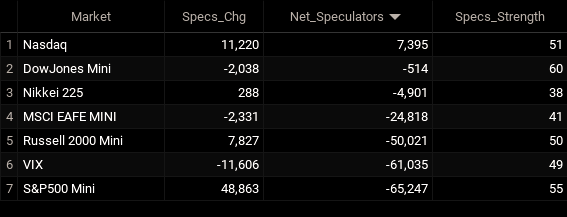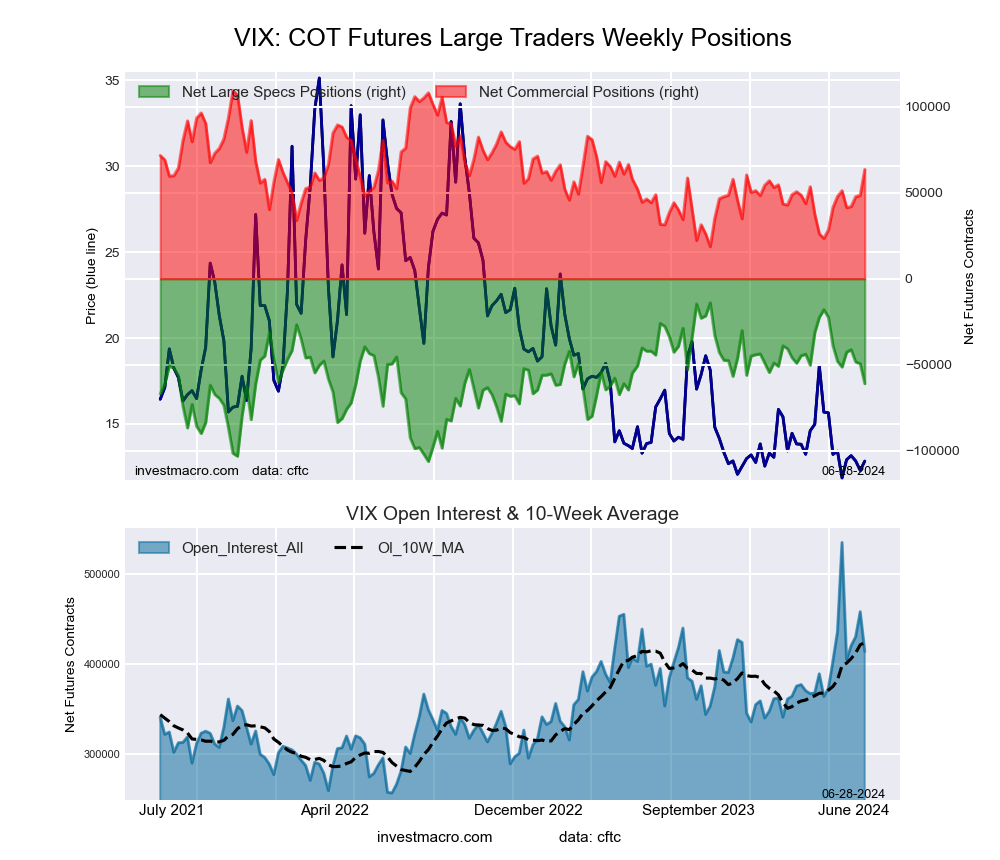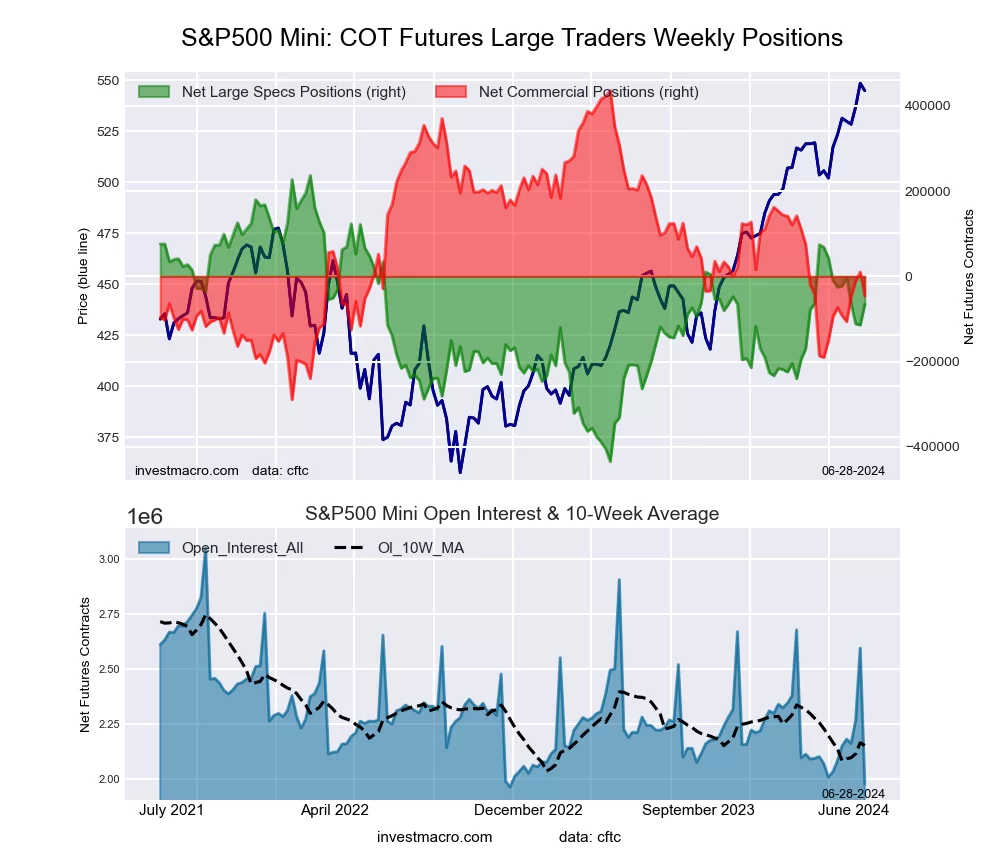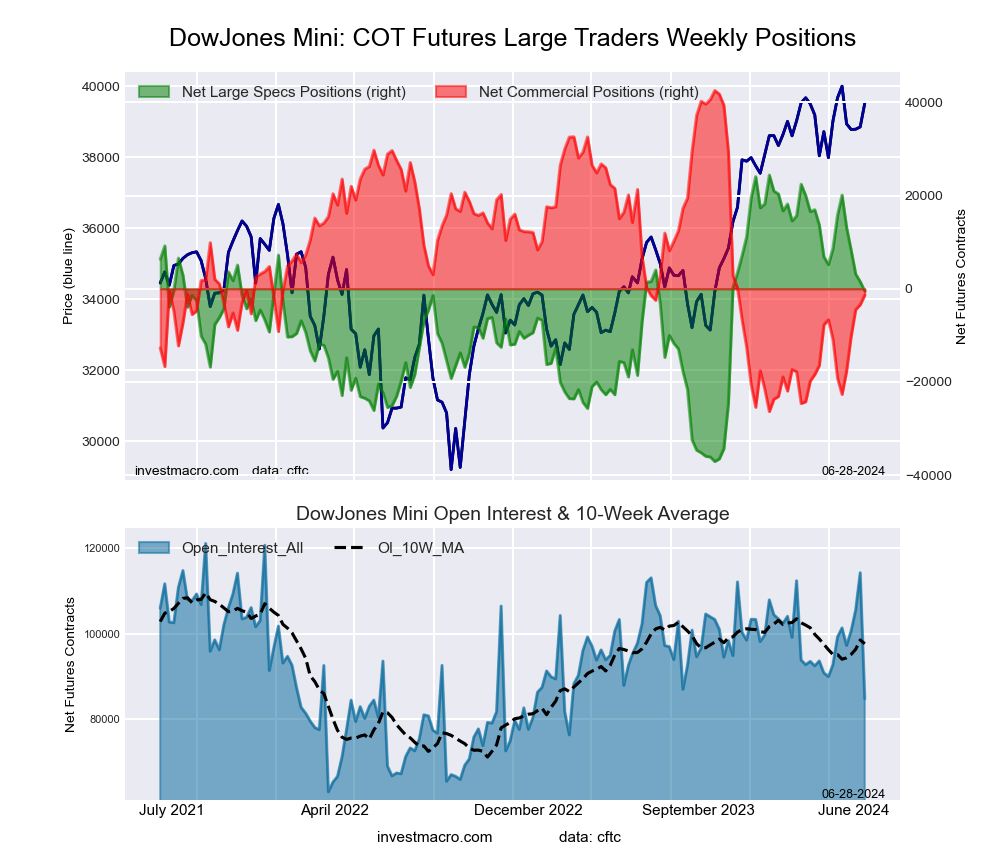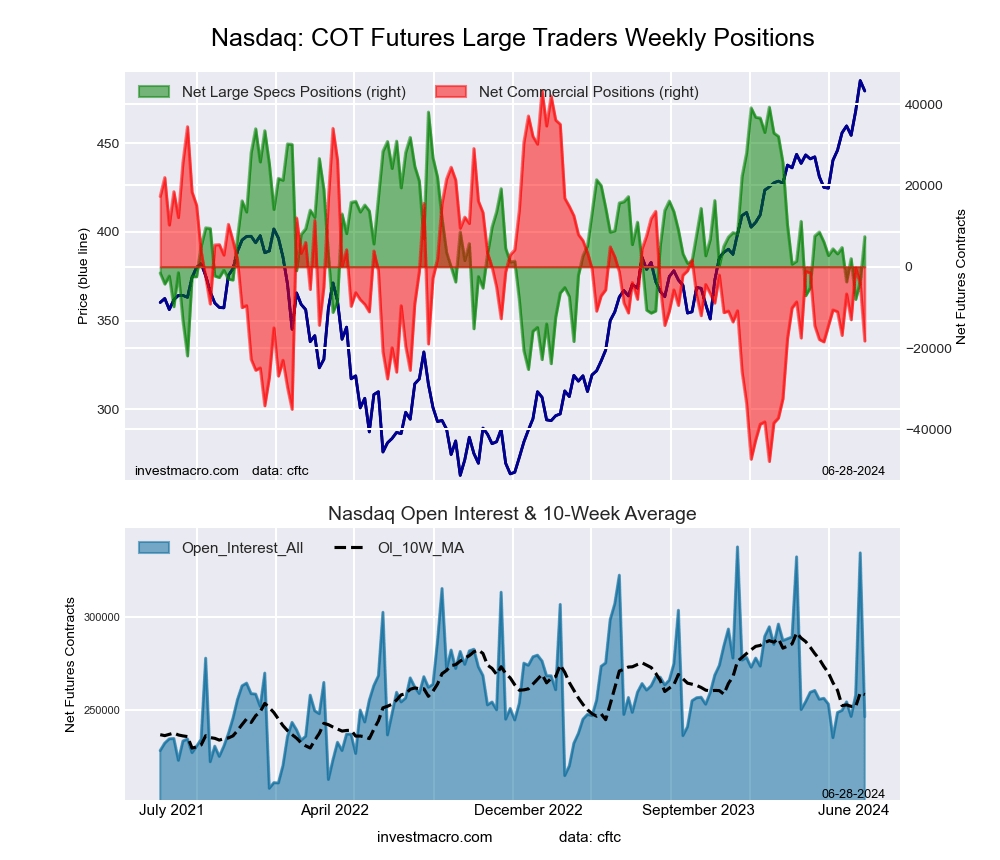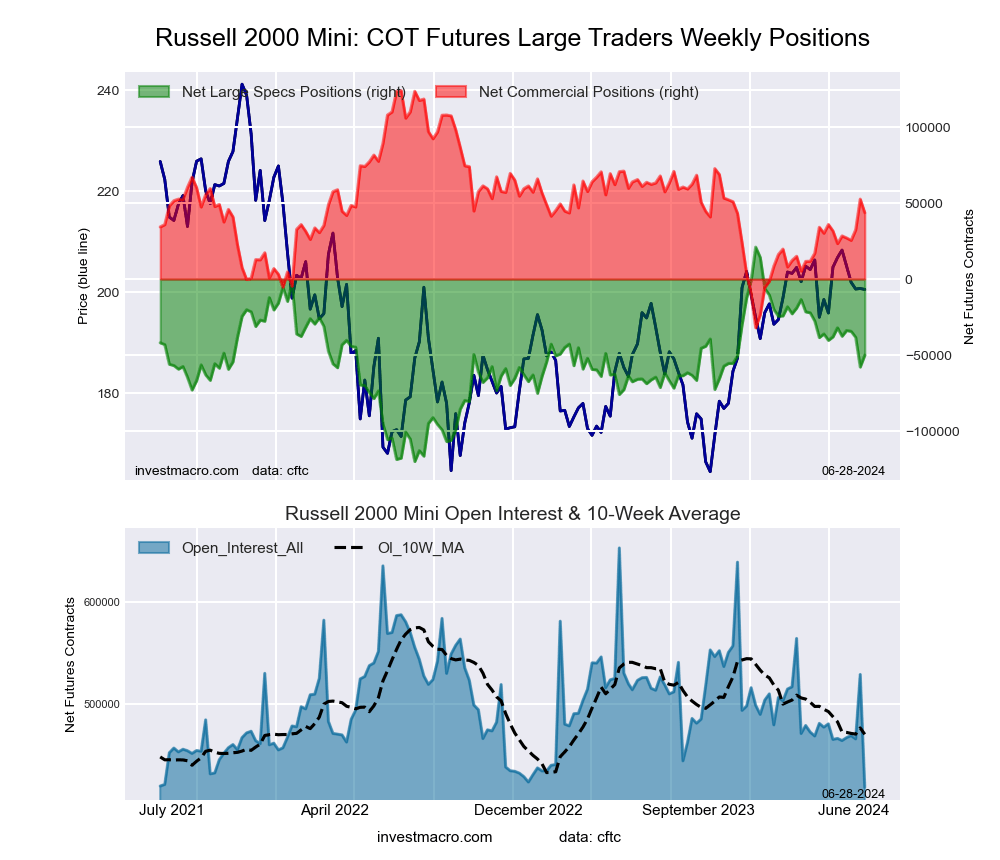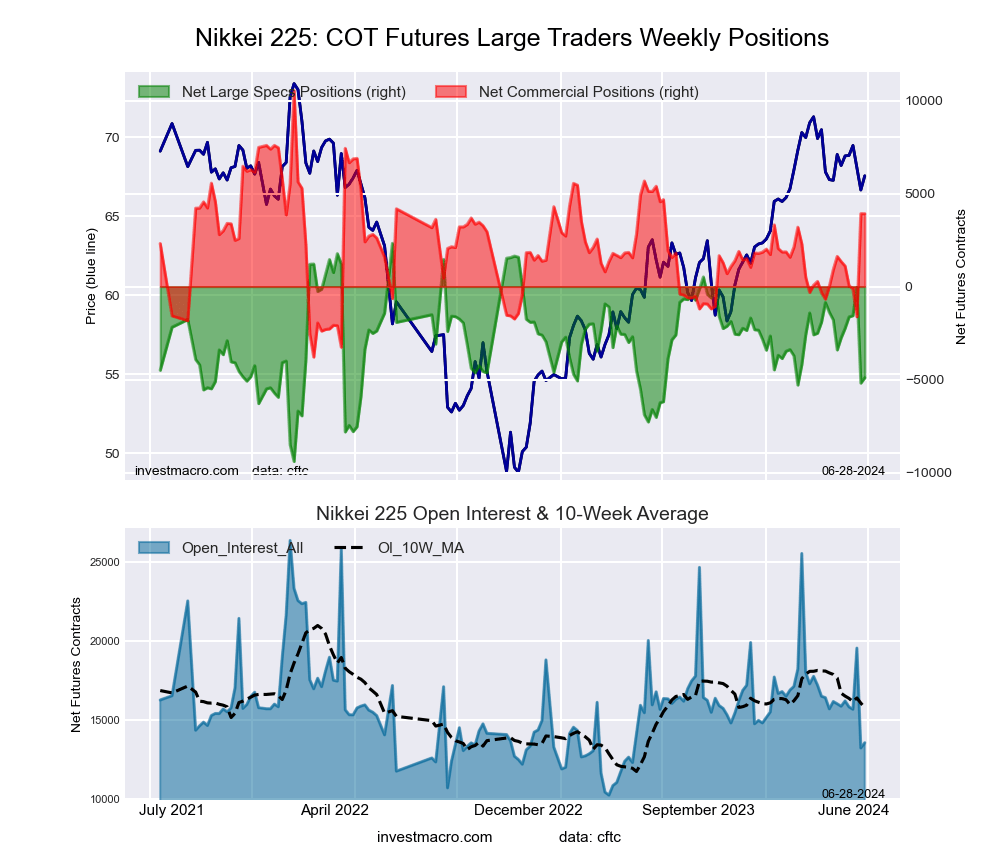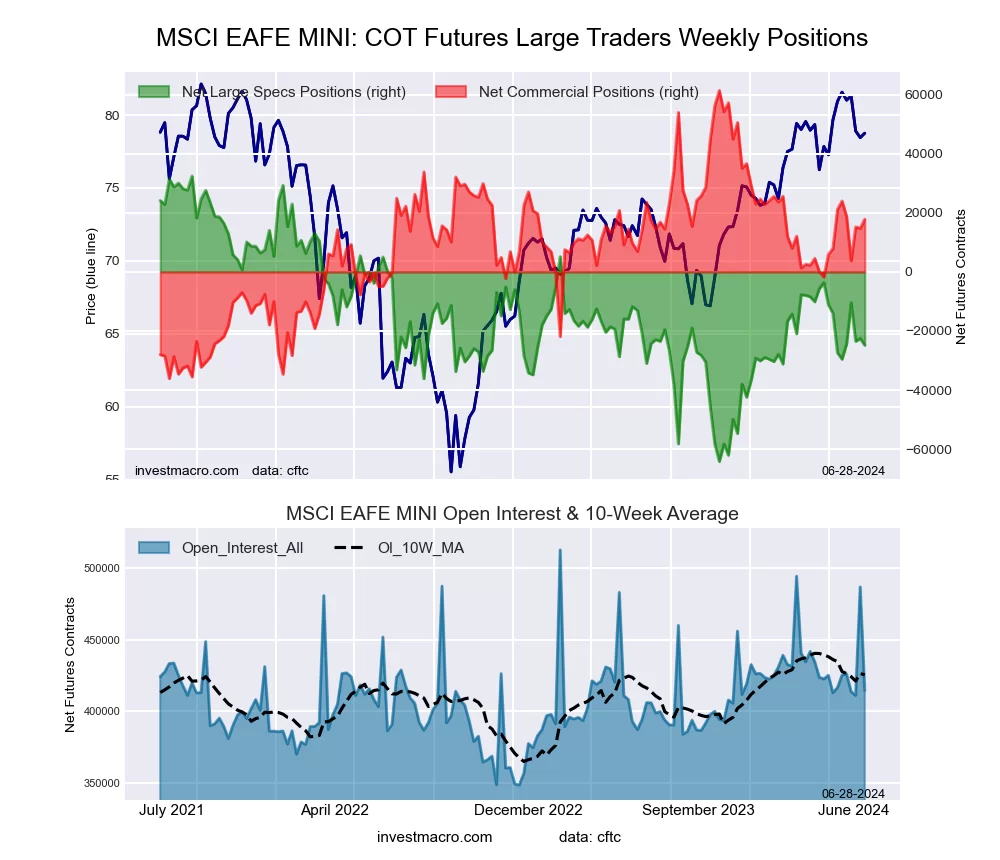By Paul Griffin, University of California, Davis
In two major rulings this past month, the U.S. Supreme Court curtailed the authority of federal agencies to draft and enforce policies that affect the nation’s financial health. One important agency, the Securities and Exchange Commission, took a particularly big hit.
Speaking as someone who has researched financial shenanigans for almost 50 years, I’m concerned that these rulings will backfire on markets and investors.
Taken together, they could lead to watered-down regulations, weakened enforcement and less oversight of the nation’s financial markets and public companies. I fear that they could ultimately be a significant factor in a future market crash.
In one case, Securities and Exchange Commission v. Jarkesy, the court rebuked the SEC — the agency that protects investors from fraud — for using in-house proceedings to discipline firms and others for breaking securities laws. Now, the SEC will need to bring accused securities fraudsters to federal court, which could be more complicated and expensive.
And in the other case, Loper Bright Enterprises v. Raimondo, the court cut back sharply on a long-standing doctrine — the Chevron rule — that gave agencies considerable freedom to craft rules and regulations, particularly when the underlying law might be ambiguous. As a result, federal agencies, including the SEC, have less power to act, ceding that power to lengthier and costlier trial proceedings.
More layers of hidden risk for investors
Both decisions could affect the nation’s financial well-being. Investors who rely on the disclosure rules and the enforcement mechanisms of the SEC for protection – now subject to legal challenge – are about to be saddled with an extra layer of hidden risk not seen in decades – in particular, more questionable accounting practices in their regulatory filings.
Recall that in 1933 and 1934, Congress established the SEC in the aftermath of the Great Depression. What followed in the ensuing years was the formation of less risky and more informed markets.
Investors could also rely on market prices to efficiently and unbiasedly reflect all public information, rather than have to pore over complex financial statements. This led to the U.S. markets becoming the most attractive destination in the world for funds to invest in risky business projects.
The SEC later bolstered financial markets with measures under the Dodd-Frank Act of 2010 to rectify other excesses — such as overly generous credit ratings — that arguably contributed to the 2007–2008 Great Recession. Today, thanks to extensive disclosure requirements and relatively efficient enforcement mechanisms, the U.S. has perhaps the healthiest and most robust financial markets ever.
A new challenge to enforcement
Healthy and robust financial markets don’t operate out of altruism, however.
Monitoring and enforcement mechanisms are pivotal. While the SEC relies partly on the private sector to spot and discipline errant managers for violations of the securities laws – for example, through federal and state securities class action litigation – much of the effort relies on the enforcement division of the SEC.
In particular, the SEC uses “accounting and auditing enforcement releases,” or AAERs, to ensure that firms keep a clean set of books. Since 1995, the SEC has issued 3,266 AAERs, mostly to correct accounting and auditing deficiencies in company financial statements. Numerous studies confirm AAERs as evidence of financial fraud.
AAERs are also a highly efficient form of enforcement — and much less costly than a private securities class action lawsuit. Companies generally agree to settle the allegations of wrongdoing without admission of liability by taking timely steps to improve accounting and auditing and paying fines and penalties.
The payments have been substantial. For example, for 760 enforcement actions in 2022, companies paid as much as US$6.4 billion to the SEC. The announcement of an AAER action is also costly for the firm’s shareholders, with stock prices falling 50% over the next six months following an AAER announcement, according to researchers.
But the Jarkesy ruling could change everything. I don’t see why any publicly traded company would agree to settle an AAER action with fines and sanctions now that it can challenge the SEC’s arguments in a court of law.
The danger of enforcement by courts
What might be the result of removing or paring back the SEC’s key tool of enforcement?
The risk is possibly reverting to an environment like 1928 or 2007. That’s because the ruling will effectively reduce the cost of accounting or auditing violations for would-be or actual violators. It shifts the purview of deciding penalties and fines to the courts rather than in-house proceedings by the SEC, increasing the cost of enforcement to the SEC.
In short, companies will worry less about a future AAER investigation.
In addition, despite auditors’ efforts to ensure that publicly traded financial and investment firms keep a clean set of books based on generally accepted accounting principles, or GAAP, there is still much room for choice, including greater use of non-GAAP accounting rules. With less enforcement, the Jarkesy ruling will encourage more creative accounting, not less.
That creativity already skews toward optimistic earnings reports. The vast majority of earnings releases now exceed analysts’ forecasts — 77% for the S&P 500 in the first quarter of 2024. Moreover, my own research indicates that it’s not just that earning reports exceed analysts’ forecasts, but the dollar size of firms’ positive earnings surprises has grown steadily over the past decade, which is another hidden risk.
Less scrutiny, more long-term risks
Some securities lawyers say the Jarkesy decision won’t change the SEC’s behavior, since the agency has increasingly shifted proceedings to regular courts.
While that’s true for some actions, I think the largest impact will lie in SEC actions not yet undertaken. Businesses and the SEC will act differently in the future because Jarkesy makes SEC enforcement activity more expensive and more uncertain.
Expect more efforts by firms to present their financial performance in the most glowing terms possible, knowing that the cost of SEC enforcement has just increased and the detection likelihood and expected cost to a firm of violating generally accepted accounting principles or generally accepted auditing standards has just decreased.
While not all scholars agree, there are two major periods in the financial history of the United States when a financial meltdown occurred that was in part plausibly due to shoddy accounting and reporting – the Great Depression of 1929 and the Great Recession of 2007–2009.
In the years or decades ahead, should the country face another serious financial crisis leading to a recession, it will be harder to blame the accountants and investment bankers. Instead, attention may turn to two mid-2024 court decisions and the justices who wrote them.![]()
About the Author:
Paul Griffin, Distinguished Emeritus Professor of Management, University of California, Davis
This article is republished from The Conversation under a Creative Commons license. Read the original article.


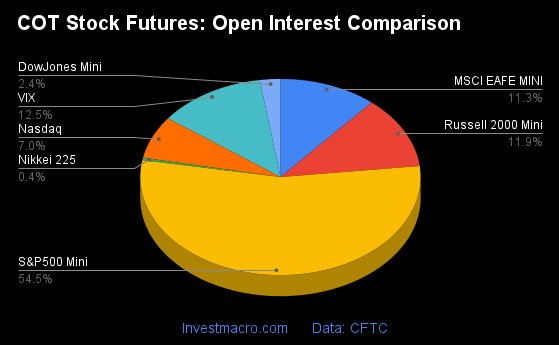
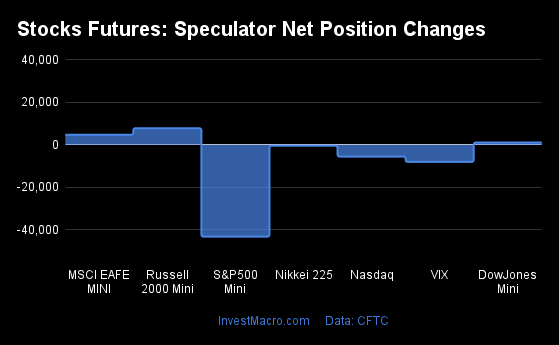
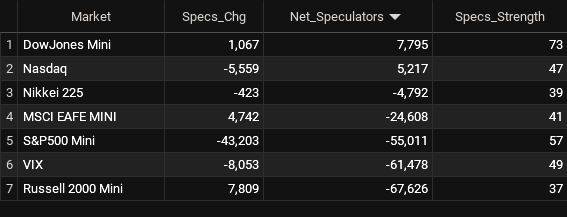
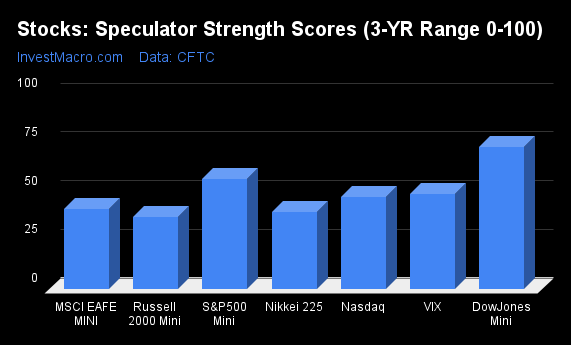
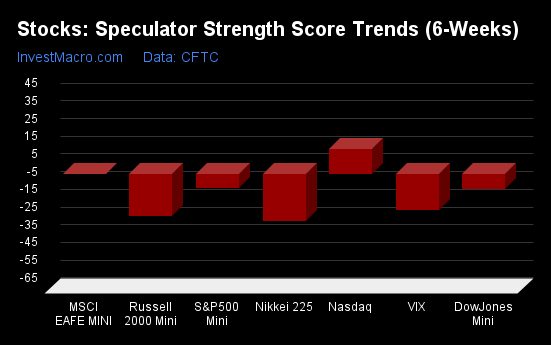
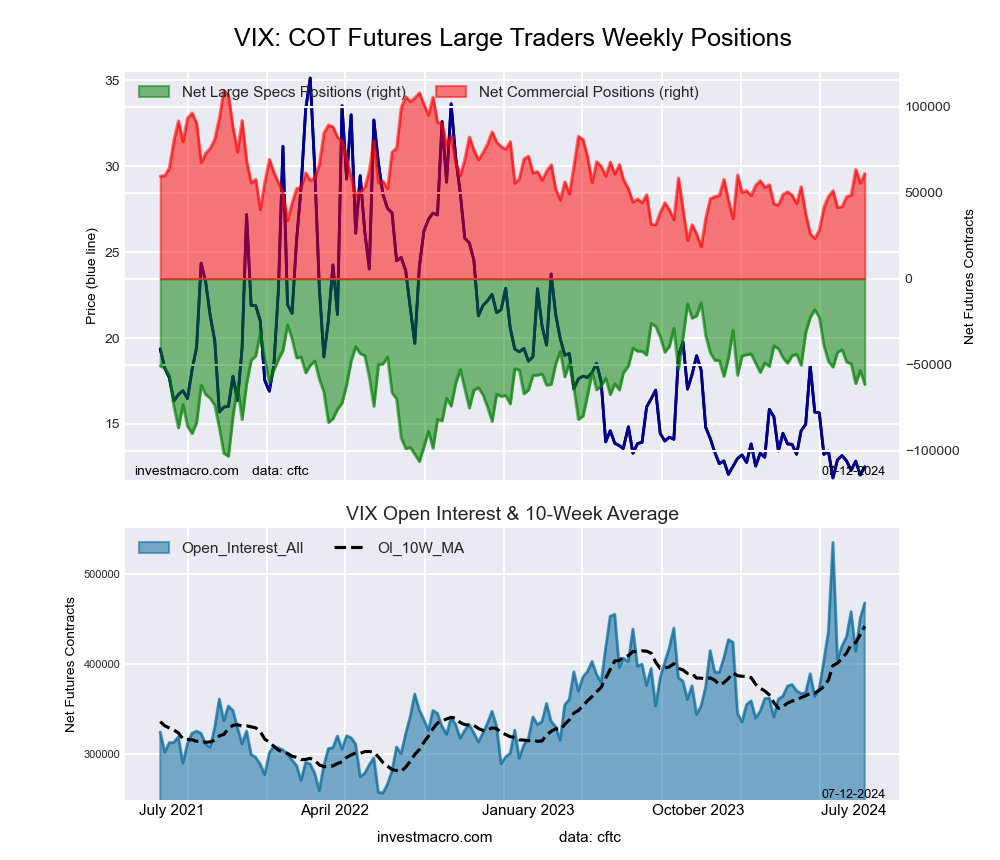
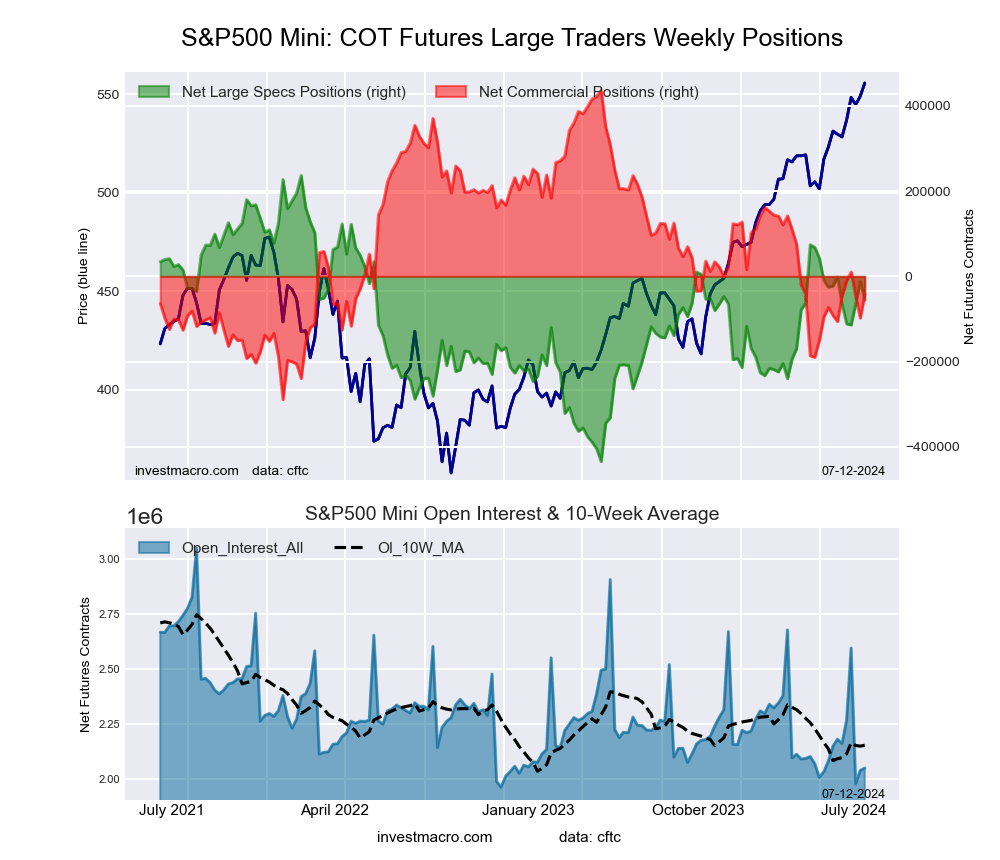
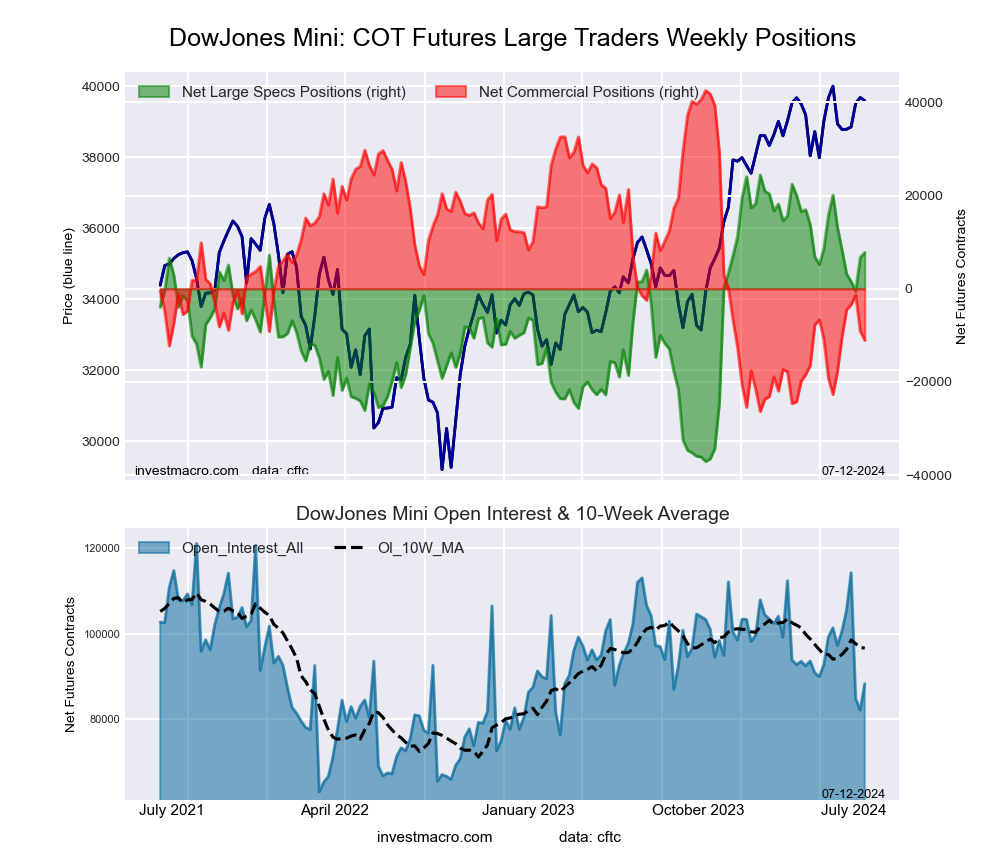
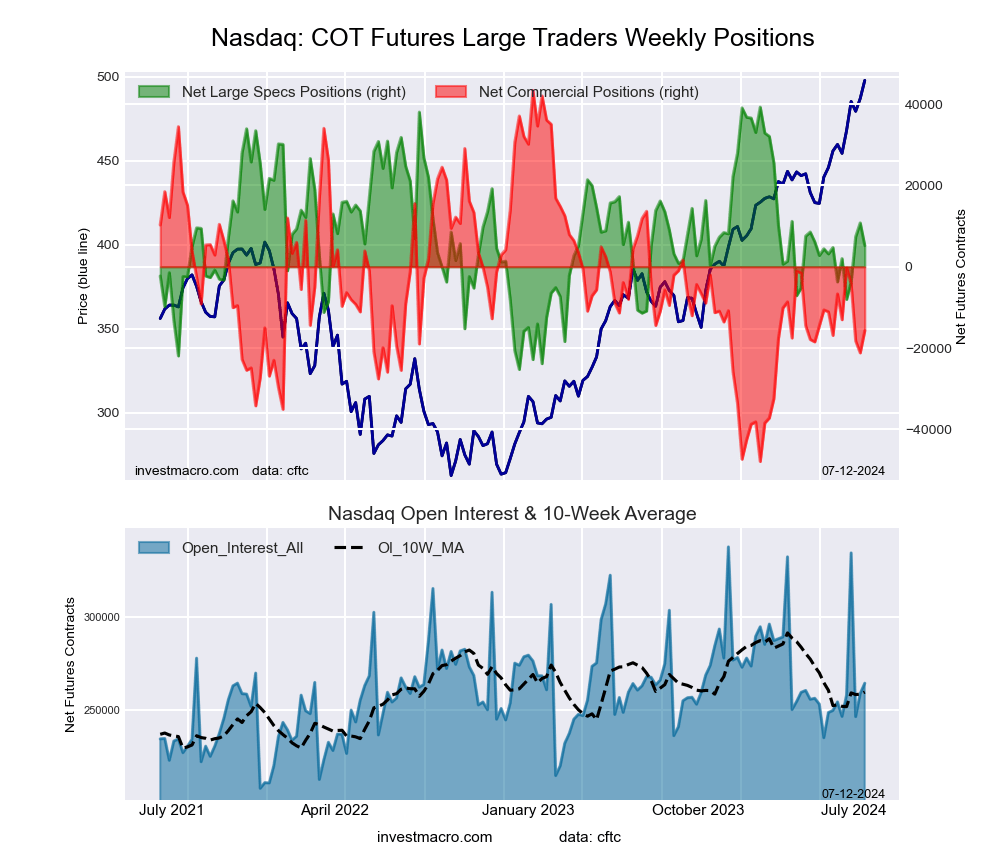
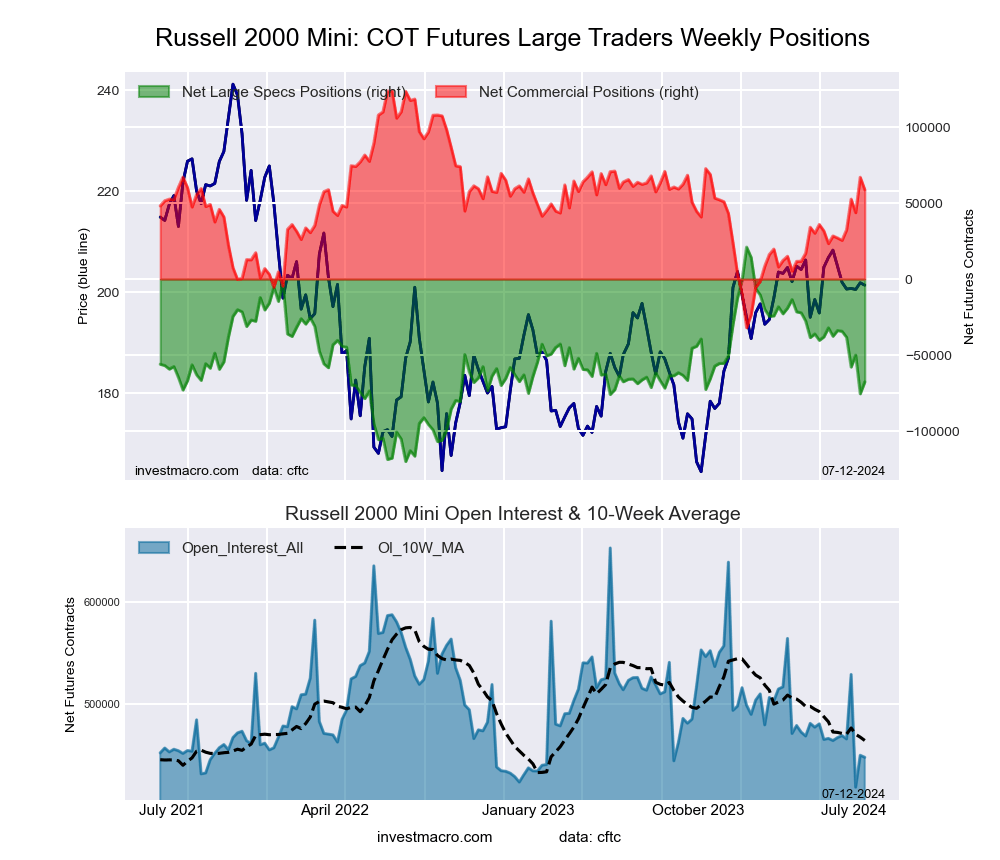

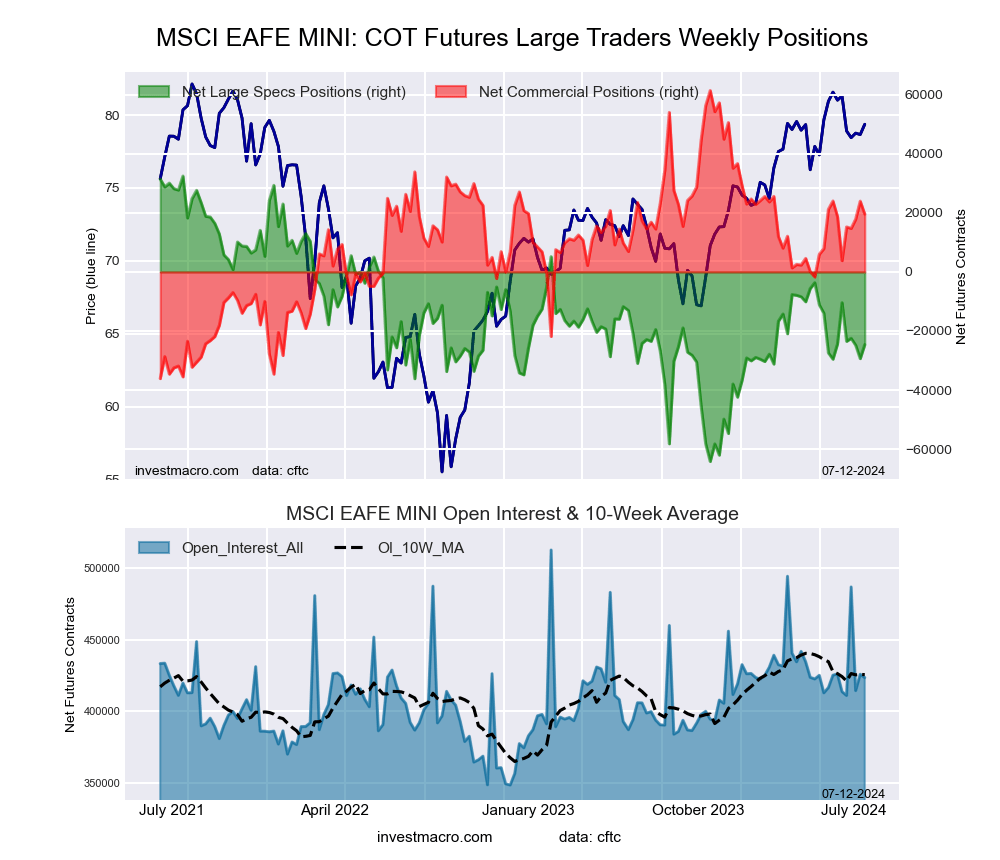
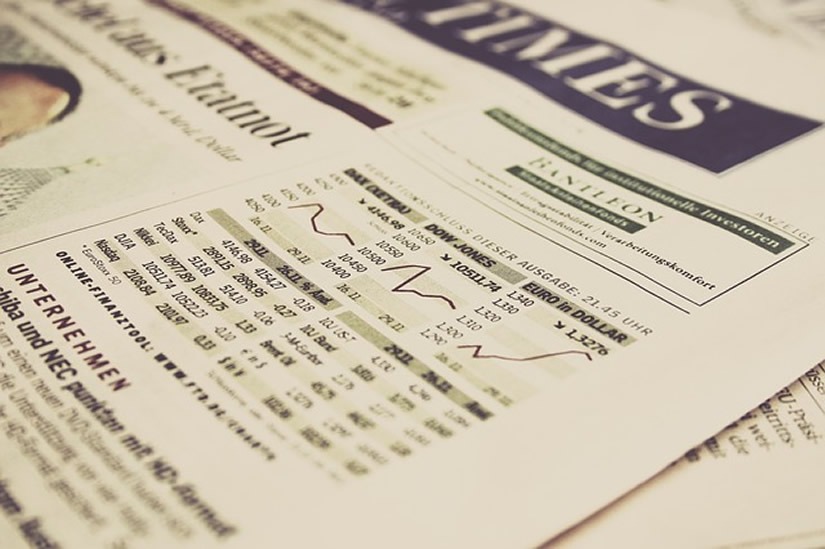




 Article by
Article by 





